Remember these pictures are not lifesize!Common Garden Pests and the Bean Aphid The Bean Aphid , also known as the Bean Plant Louse, or Black Dolphin (Aphid rumicis) The pupa is black with greyish white mottlings, while the female is deep greenish black in colour This insect commonlySmall Insect Pests Root Symptoms Large Mammals Aphids Clubroot Bear Fruit Fly Coyote Fungus Gnat Deer Leafhopper Leafminer Mealybug Pea Weevil Pepper Maggot Scale Spider Mites Thrips Whiteflies Beneficial Insects Fruit Symptoms Other Ladybugs BlossomEnd Rot Dogs & Cats Parasitic Wasp Catfacing Birds Green Lacewing Corn Smut Snakes
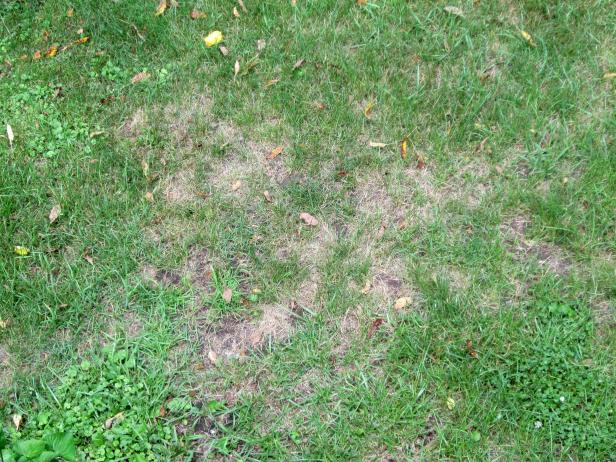
How To Identify And Get Rid Of Common Lawn Pests Diy
How to identify garden insects
How to identify garden insects-Solr beetle life cycle how to identify eggs allotment diary beware the hidden soil pests vine weevil grubs how to detect and treat common lawn pests 16 common garden pests hgtv Garden Pests Larvae Identification Uk;There are about 25 different groups of insect, but most belong to one of six common groups beetles;




White Grubs Pest Control Canada
Take a look at our garden wildlife identifier for UK beetles, below Black clock beetle (Pterostichus madidus) Black clock beetle (Pterostichus madidus) illustration Slim, shining and with both black and redlegged colour forms, this is one of our commonest ground beetles Perhaps the best known ant in England is Lasius niger, the common black garden ant It is well known due to its tendency to enter houses It nests under pavements, in soil, along the edges of lawns, in fact almost anywhere It is a very quick, robust and prolific ant, using formic acid and its jaws as a means of attack/defenceCapsid Bug Carrot Root Fly Chafer (Cockchafer) Chafer (Garden) Chafer (Rose) Chrysanthemum Leaf Miner Codling Moth Common Gooseberry Sawfly Crane Fly
Appearance Leaf miners are small insects that lay eggs on a variety of garden plants One of the more recent of these in the UK is the allium leaf miner, which was first spotted here in 02 The flies of the species are small, around 3mm in length Leaf miners lay eggs on plants in early to midspring once they awake from overwinteringCraneflies are rather elegant, longlegged insects that emerge in late summer from eggs laid the previous year The female can lay up to 300 eggs, usually just below the surface, often in lawns but also in garden soil The Craneflies themselves cause no damage to plants, except when they emerge and leave their larval cases embedded in lawnsGrasshoppers and crickets Click on a group in the list below to find out about it You should be able to identify any insect you have found and learn a lot more about bugs too!
You can identify pest damage in one of two ways You see the insect or the damage it causes Use chemical sprays only as a last resort Where possible, try pest traps and barriers, biological controls and organic sprays firstAbout author Kera Jollie Add a comment No comments so far Be first to leave comment below Cancel reply Surround your seedlings moatlike with a gravel barrier 5) Rake over your soil as often as possible to disturb their hiding places too Snails and slugs like dark wet homes so they don't dry out Check your hostas, ferns and any other leafy plants that could provide a comfy home
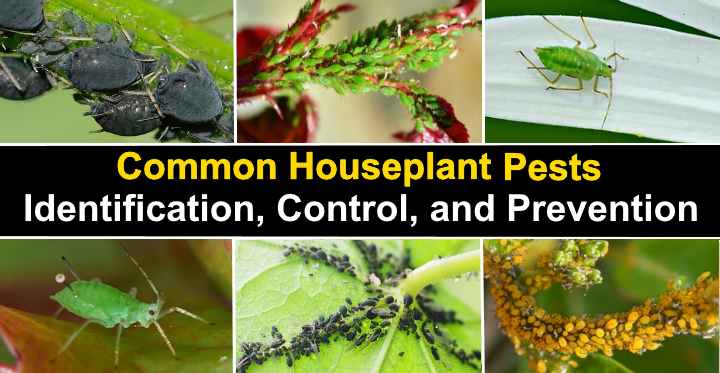



Houseplant Pests Types Identification And Control Pictures
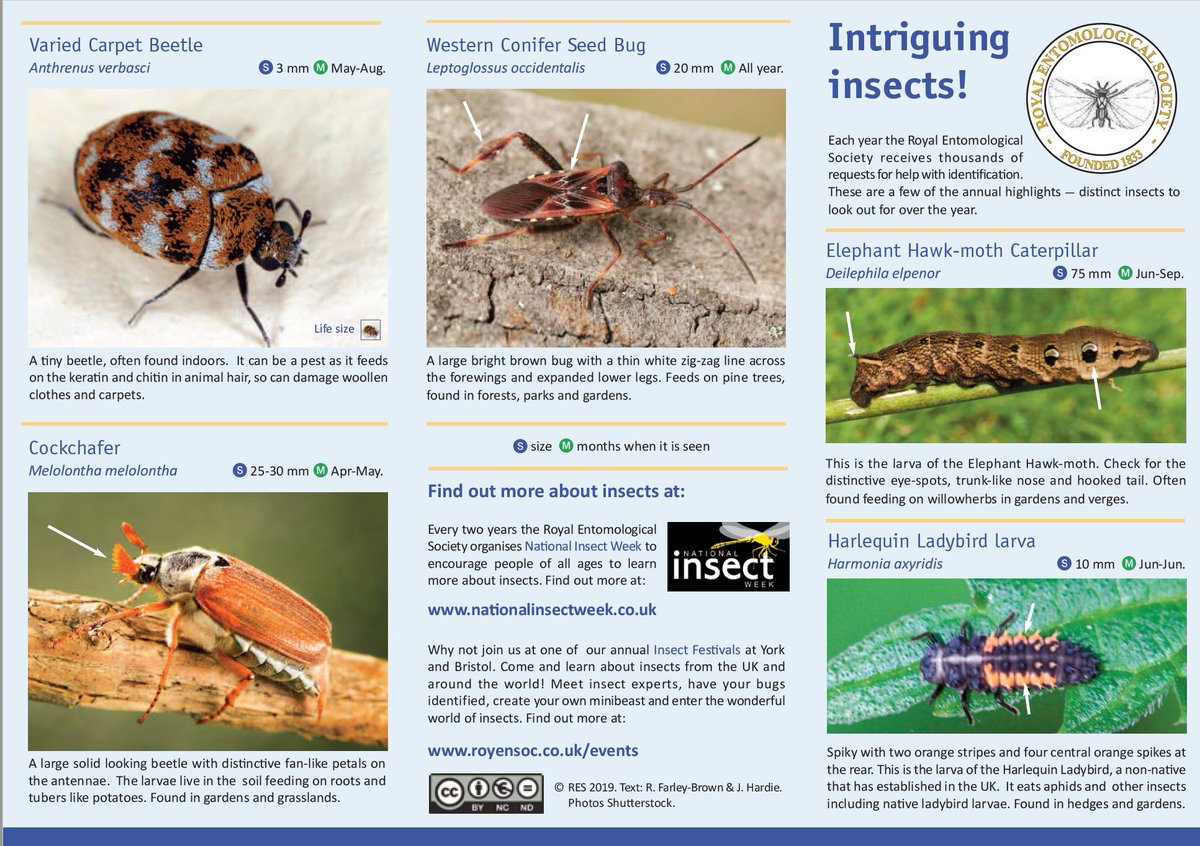



Dtms Drthomlinson Twitter
Common caterpillars that we find are the cabbage worm and cabbage looper which eats holes in many vegetables, including brassicas (cabbage, broccoli, Brussels sprouts, kale etc), tomatoes, spuds, and cucumbers It's the pretty butterflies and plain looking moths that flutter around and lay eggs that are the culprits Garden Grubs Grub Garden Pests Larvae Identification Uk Socquiz Club Garden Insects Adult Squash Bug On Leaf Garden Pests That Bite Baca Juga Garden Pests Pictures Garden Pests Uk Garden Pest House Plant Bugs Identification Pest Crane fly (Daddy Long Legs) are the adult of the soil pest larvae, leatherjackets European crane fly Tipula paludosa – is the most common in Britain, typically emerging in midAugust to midSeptember, but can be later depending on soil conditions A similar species, Tipula oleracea, also present but at lower numbers It emerges and flies in May and June




Garden Insects Art Print By Guardian Wallchart Easyart Com Garden Insects Garden Pests Garden Bugs




Cockchafer Beetles Their Larvae The Rspb
Garden pests to look out for in pictures Slugs and snails are traditional foes, but what about the lessfamiliar pests beginning to wreak havoc on British gardens?Wasps, bees and ants;You can try searching the whole site by using the box below Aphid, Black Bean Aphid, Cabbage Aphids (General) Apple Maggot Armyworms Asiatic
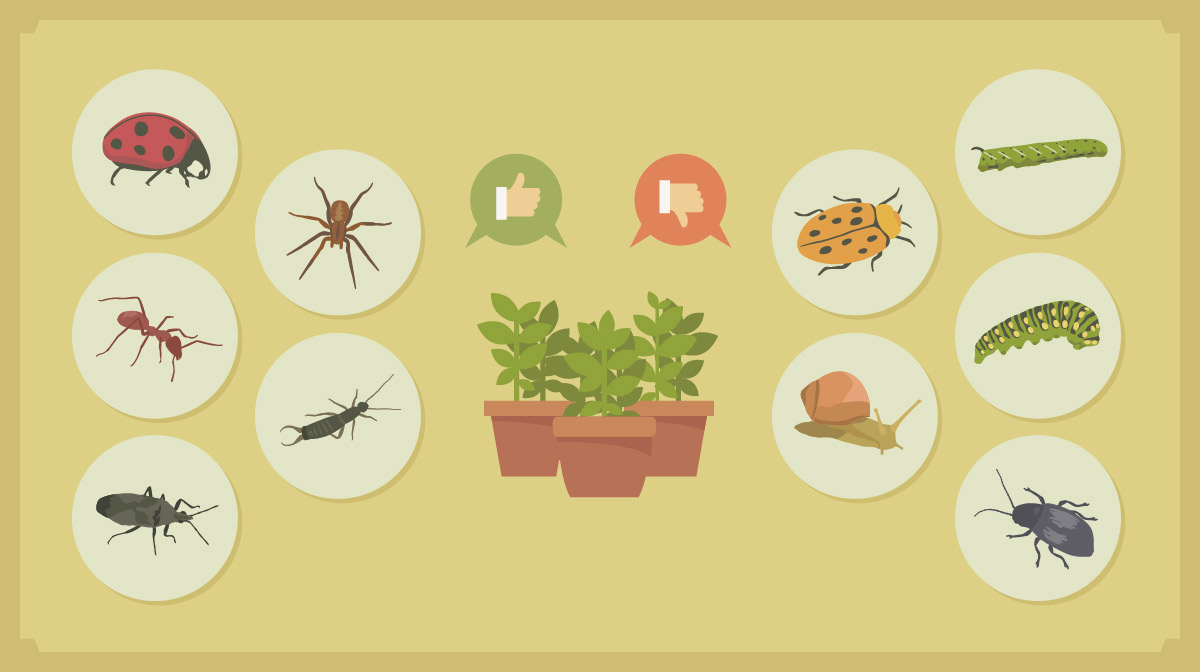



How To Get Rid Of Common Garden Pests Fix Com




Pest Identification Guides
A Guide to Soil Insect Pests Identification 1 S H Futch, C W McCoy, and H N Nigg 2 Soil provides a structure for a plant to anchor its roots and is a source of nutrition and water necessary for plant growth Soilinhabiting insects also utilize this substrate for part of or for their entire life Although many insects are dependent on The top pests in the country are slugs and snails They are widespread, persistent and can cause real damage in the garden Their worst offence is eating holes in leaves, flowers, stems and bulbs The plants most at risk are new spring herbaceous plants as seedlings can be killed, though slugs and snails are a threat all year roundIndex of common pests and diseases that affect plants Use the pest and disease factsheets to diagnose the problems with your plants and follow the recommended solutions to treat them




Guide To Vegetable Garden Pests Identification And Organic Controls




Nature Picture Library Leatherjacket A Larva Of Cranefly Tipula A Common Lawn Pest Uk Simon Colmer
Pests, Bugs & Viruses Unfortunately, bugs and other garden pests can totally mess up your marijuana harvest!Here's a simple nonchemical remedy for ants that you can use in the house too Mix 1015 drops of peppermint oil with a tablespoonful of vodka (Peppermint oil won't mix with water) Add the minty vodka to a spray bottle filled with water and give it a shake Spray around the ants nest and in the areas where you see them foragingIdentify which bugs are causing the problem and learn how to control them This book also has pictures of good and bad bugs so that you can identify different bugs in your garden and make sure you are only killing bad bugs!
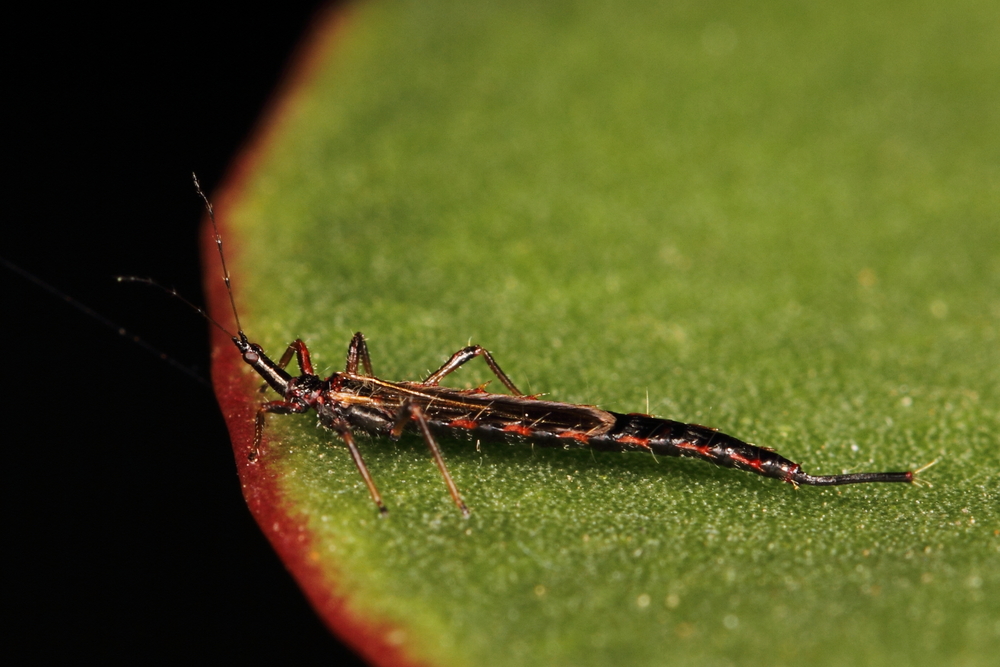



How To Identify Common Houseplant Pests Homestead Brooklyn




Pest Identification Guides
Explore Loretta Richards's board "Garden Insects & Pest", followed by 132 people on See more ideas about garden insects, insect pest, pestsWelcome to BugFiles, a database designed to help gardeners identify the insects, spiders, and butterflies in their gardens BugFiles continues to grow through the collaborative efforts of 2,985 gardeners from around the world Any registered user may add new insects, images, comments, and ZIP codes Learn more about BugFiles in our BugFiles FAQ Cutworms, one of the pests mentioned in Caterpillar Pests, are extremely vulnerable in the soil And this is good as this is when and where they exhibit their undesirable behavior — they are soil pests Cutworms stay in the rootzone of target plants during daylight hours and are of little concern to growers At night they are of great concern — especially to
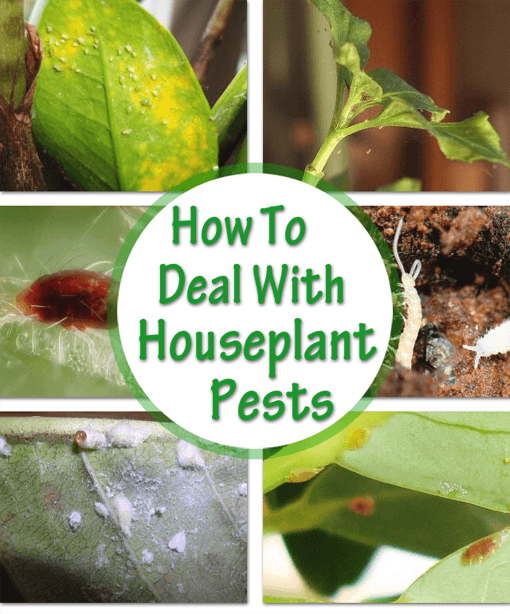



How To Identify And Control House Plant Pests Our House Plants



Common Garden Pests And Their Causes Empire Pest Control London
Identify Whiteflies look like its bitty white moths, the adults have wings The easiest method of detection is shaking limbs on your plants, if tiny moths fly away from under leaves you got some whiteflies Eggs are also attached to the leaves along the underside These pests also suck liquids from your plant much like the spider miteInsects in the garden Most insects in the garden are harmless, in fact quite a lot of them are beneficial, pollinating flowers and preying on other damaging insects Table A list of insects, the problems they cause and possible solutions Insect Symptoms Suggestion Mould and fungal disease problems in the garden >>Today we will look into natural or organic pest control for garden millipedes These natural remedies work very well to control or get rid off Greenhouse Mil




Pest Identification Guides




How To Identify Common Houseplant Pests Homestead Brooklyn
But terflies and moths; As of today, how to identify pests in the garden is usually done with descriptions of the bug, damage done, and the type of plant injured What Bug is This – Identifying Garden Pests You Spot As a gardener, you undoubtedly spend time tending your plants, so you are likely the first to notice pest damagePest Control Library Use our "mug shots" to identify pest problems in your garden Click on names for photos and complete descriptions On this page you will find sections for bugs, diseases and animal pests Bug Mugs » View photo index of all bugs, with explanations!
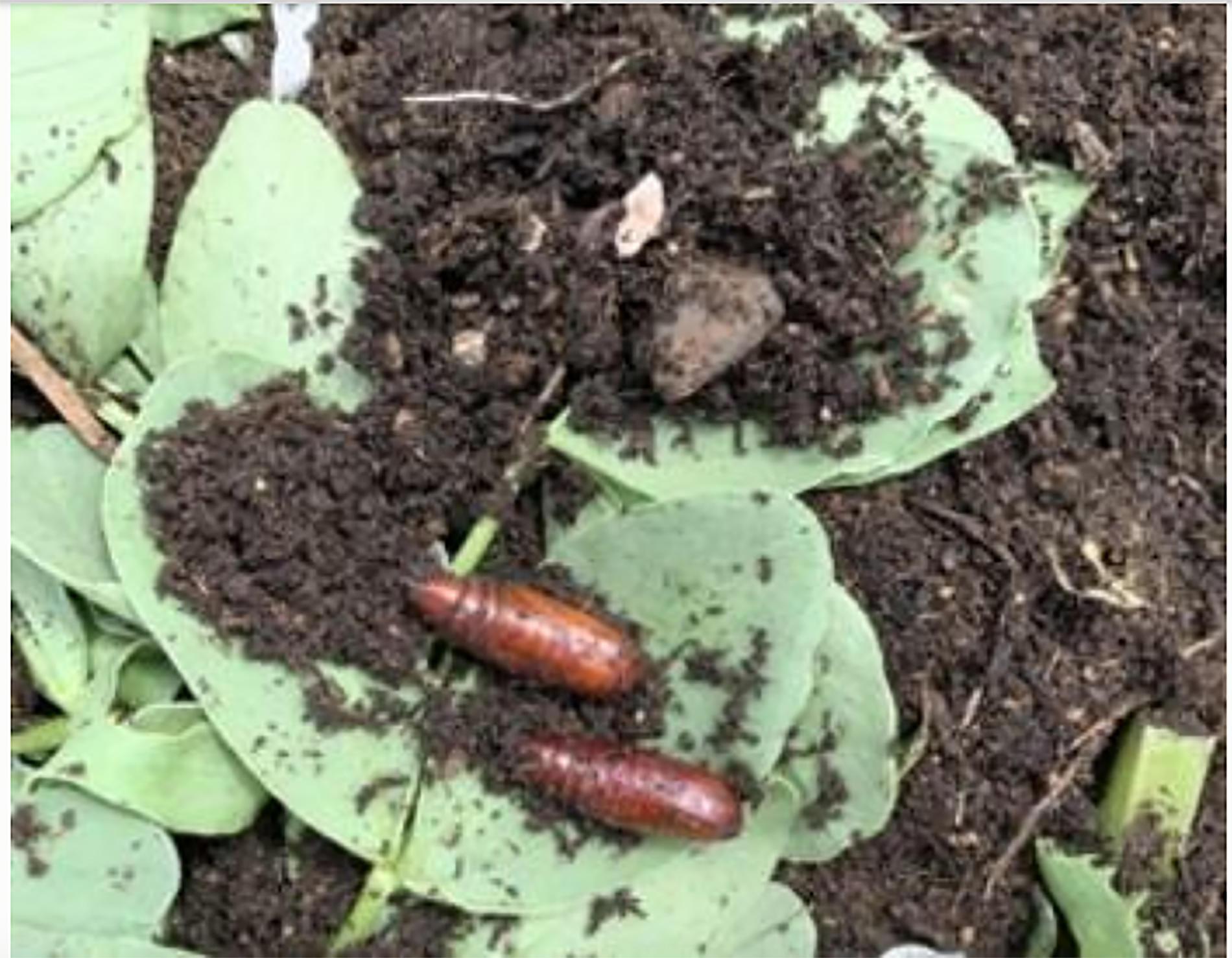



What Are These Mysterious Red Casings Osu Extension Service



How To Identify Tomato Pests And Control Them
Your delightful garden is bound to attract some critters like hedgehogs, rabbits, and many others Based on any potential damage, it's important to find out who's been sleeping in your garden – hence this garden animal poo identification guide We'll discuss theChafer (Garden) Chafer (Rose) Chrysanthemum Leaf Miner Codling Moth Common Gooseberry Sawfly Corn Leaf Blight Corn Rust Corn Smut Corn Viruses Crane Fly (Daddy Longlegs, Leatherjacket) Cucumber Mosaic Virus Cutworm (Turnip Moth) Damselfly Devil's Coach Horse Beetle (Cocktail Beetle) Diamondback Moth Dragonfly Earthworm (Common Earthworm) Earwig Flea BeetleBelow are listed some common Pests and Diseases Plus suggestions on how to treat them organically But before we start, remember that organic growing works on the principle of prevention, rather than cure Here's a 7 point plant to help prevent pest and disease problems Maintain a healthy, active soil
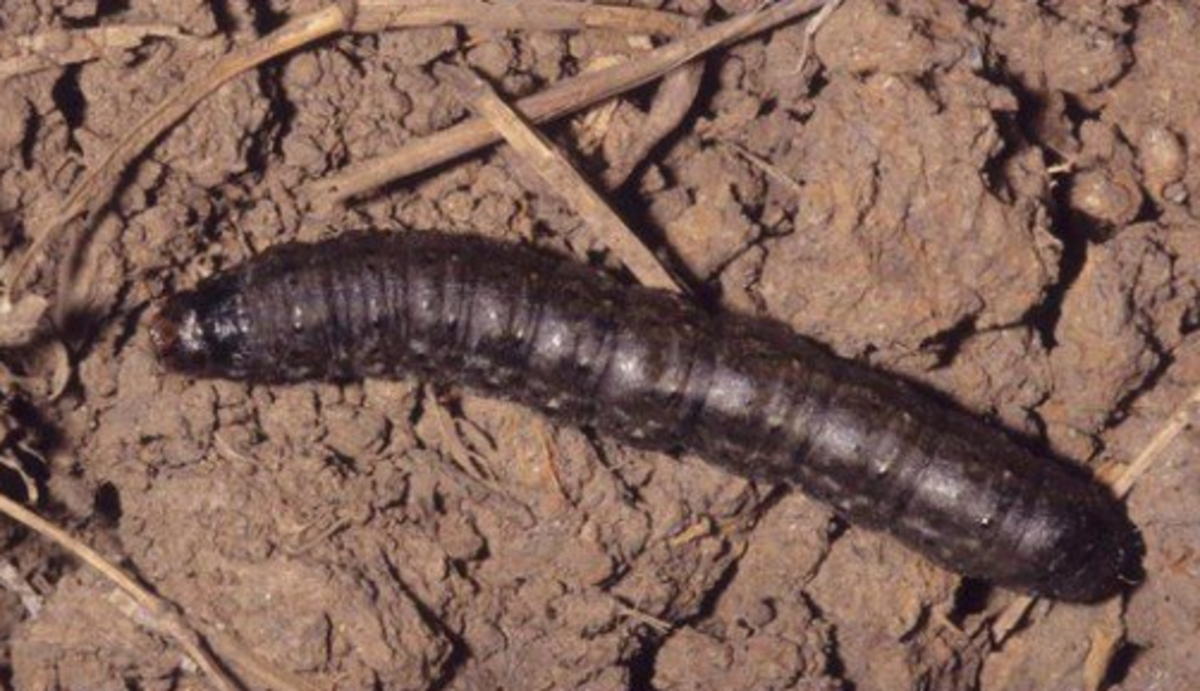



Garden Caterpillar Identification Guide With Photos Owlcation




Cockchafer Guide c Wildlife Magazine Discover Wildlife
Mike Raupp, "The Bug Guy" for the University of Maryland Extension, explains how, like a crime scene investigator, you can use clues to find out what types oThe best way to control bugs is to walk through your garden each day and look for signs of bugs or bug damagePlants affected Both the adults and their larvae can be one of the most destructive pests to shrubs, small trees, garden and house plants They can be a particular problem in pot grown plants and
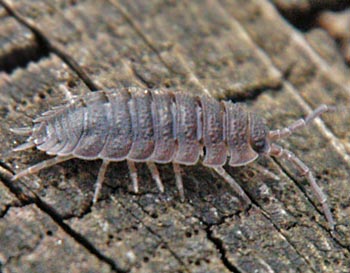



Images Of Common Garden Pests Bugs And Natural Remedy Solutions



1
Caterpillars are one of the most common cannabis pests when growing weed outdoors Use BT Caterpillar spray (works best if you apply with a mister) as a safe and effective way to eradicate them for goodEach of the pictures represents a larval type 5 – Weevil grubs can be found in plants, plant tips, seeds, nuts, or with plant roots in the soil The underside usually is flat while the upper side is rounded, giving them a humpbacked appearance 6 Midge larvae occur Spotlight species 7spot ladybird active from early spring to autumn, hibernating through winter, sometimes indoors widespread across the UK in gardens, woodland and grassland habitats feeding on aphids when threatened, extrudes a nastytasting yellow substance from its leg joints to put off predators
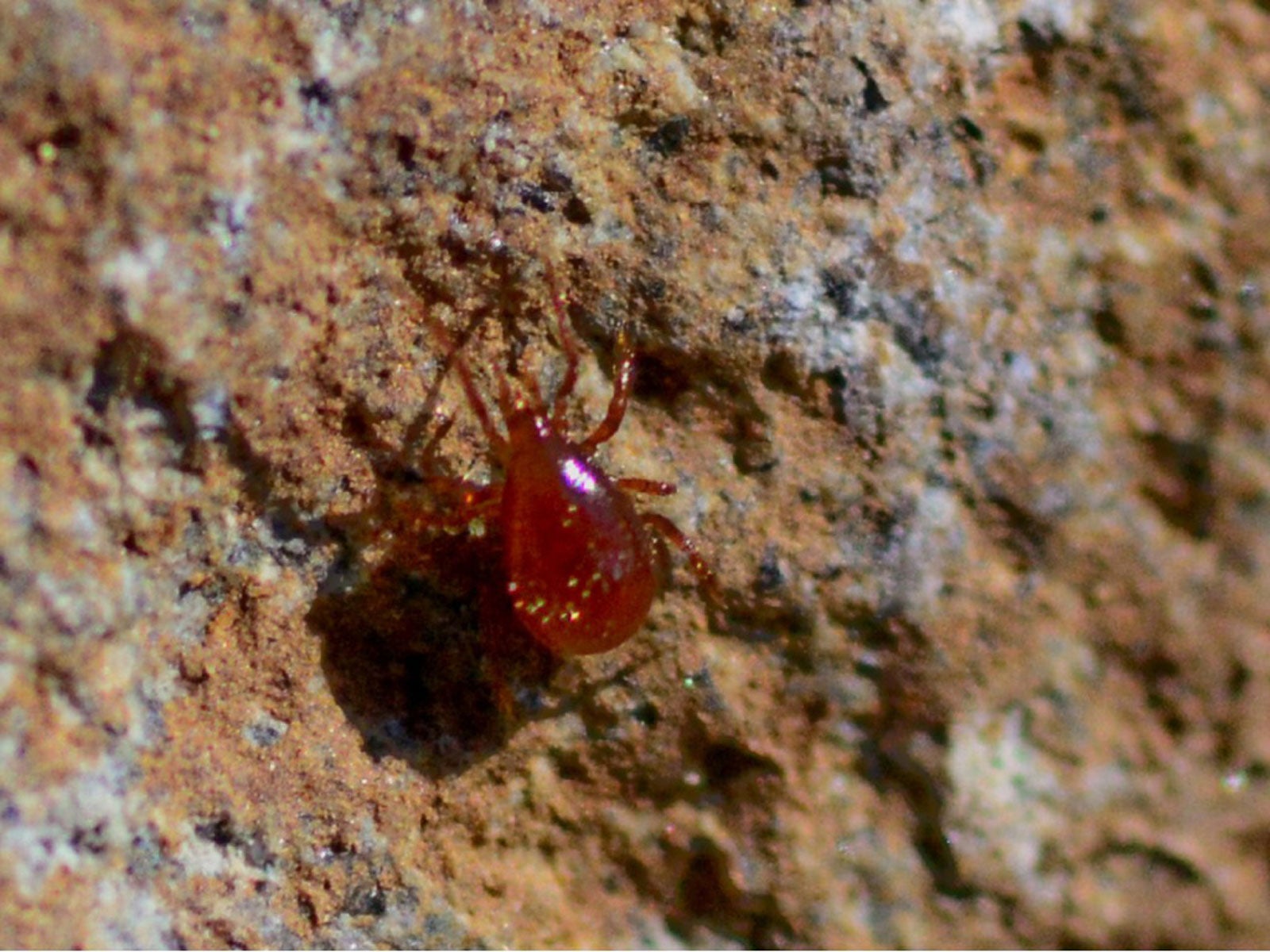



Red Spider Mite Problems How To Control Red Spider Mites




Common Garden Pests How To Get Rid Of Them
Rotate your vegetable crops each season to prevent buildup in the soil of diseases or insects Grow diseaseresistant pepper varieties Keep the pepper garden free from debris Make sure your plants don't get excessive moisture and soil is welldrainingWhen you find insects in your garden, your first instinct might be to destroy them, but that's not always the best course of action Some insects are destructive and should be controlled, but of the more than 15 million known insect species in the world 1, more than 97 percent are beneficial to gardens, or simply benignThat leaves less than three percent that are agricultural and nuisance
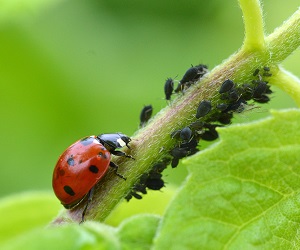



10 Beneficial Insects You Ll Want In Your Garden Vegetable Plot
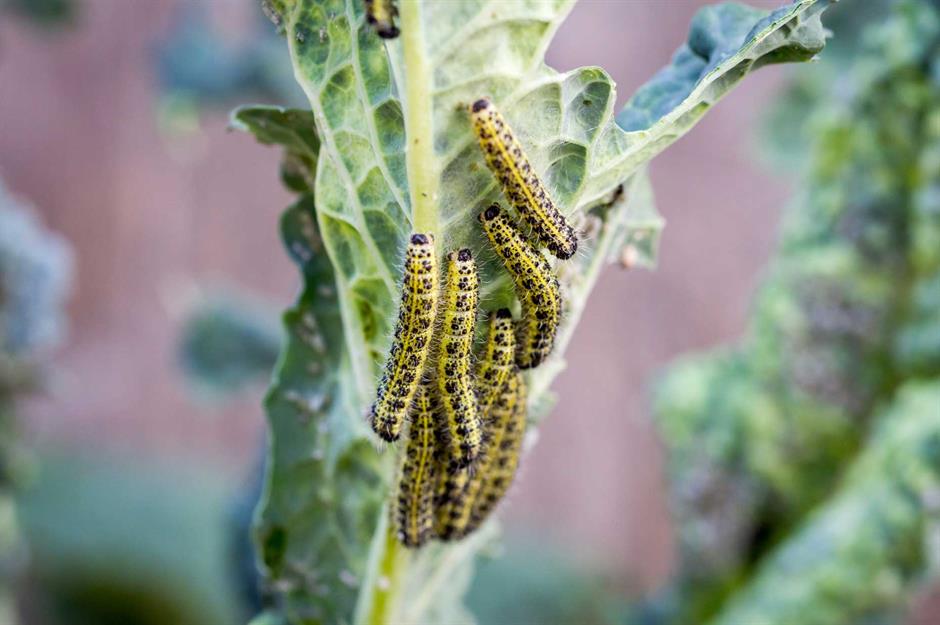



13 Common Garden Pests And How To Treat Them Loveproperty Com
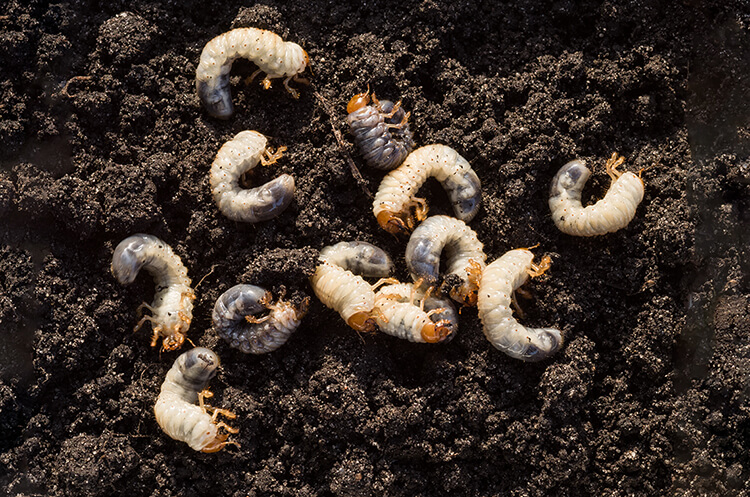



Lawn And Garden Chafer Grubs
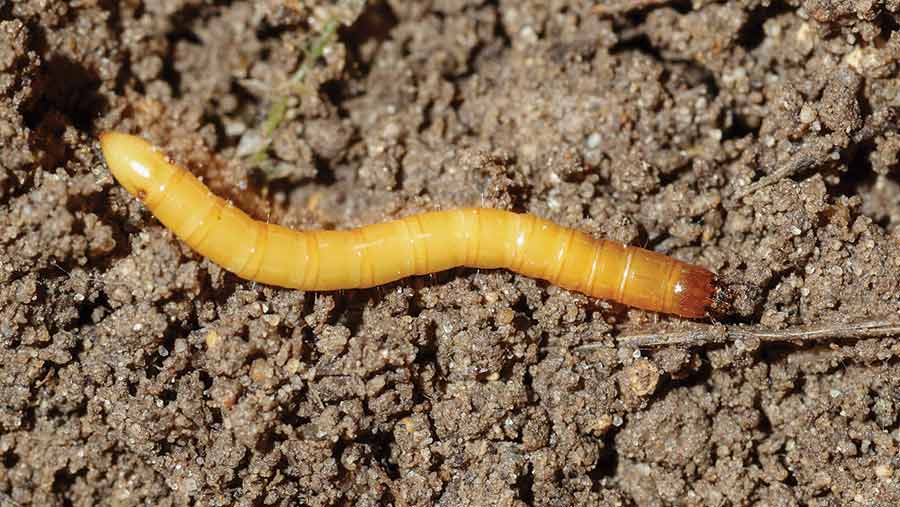



Top Control Methods For Maize Pests Diseases And Weeds Farmers Weekly
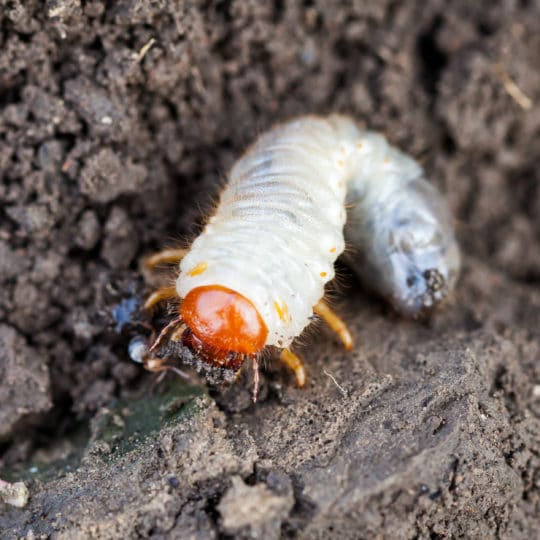



Six Most Common Lawn Pests Cardinal Lawns




Cutworms How To Get Rid Of Cutworms In Your Garden The Old Farmer S Almanac



1




Pests And Diseases Peter Beales Roses The World Leaders In Shrub Climbing Rambling And Standard Classic Roses




Insect Pest Info Entomology
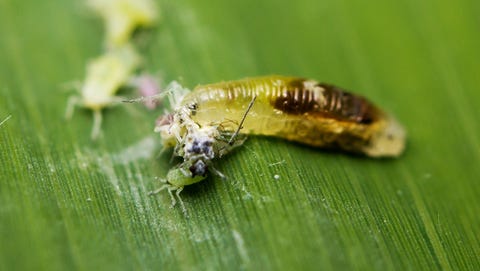



10 Beneficial Insects That Help Plants Helpful Bugs That Eat Aphids



Common Caterpillar Vegetable Pests Wildlife Insight




Three Common Garden Pests And 17 Year Non Planting Visitors Damage New York Slugs New York Latest News
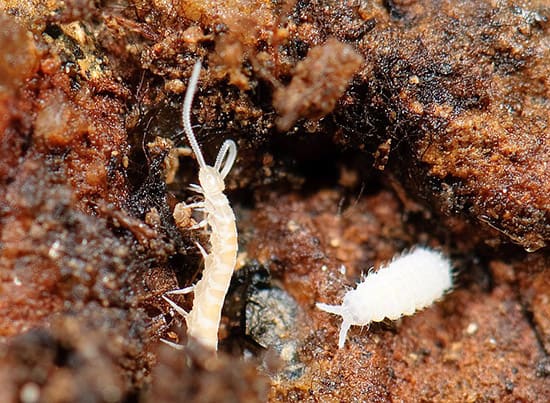



How To Identify And Control House Plant Pests Our House Plants
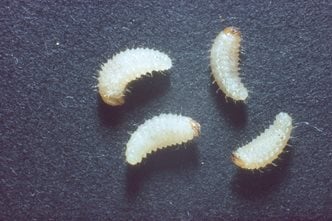



Spot Common Pests Rhs Gardening




Lawn Pests Cheaper Than Retail Price Buy Clothing Accessories And Lifestyle Products For Women Men




How To Detect And Treat Common Lawn Pests




The Top Five Garden Pests And What To Do About Them Which News
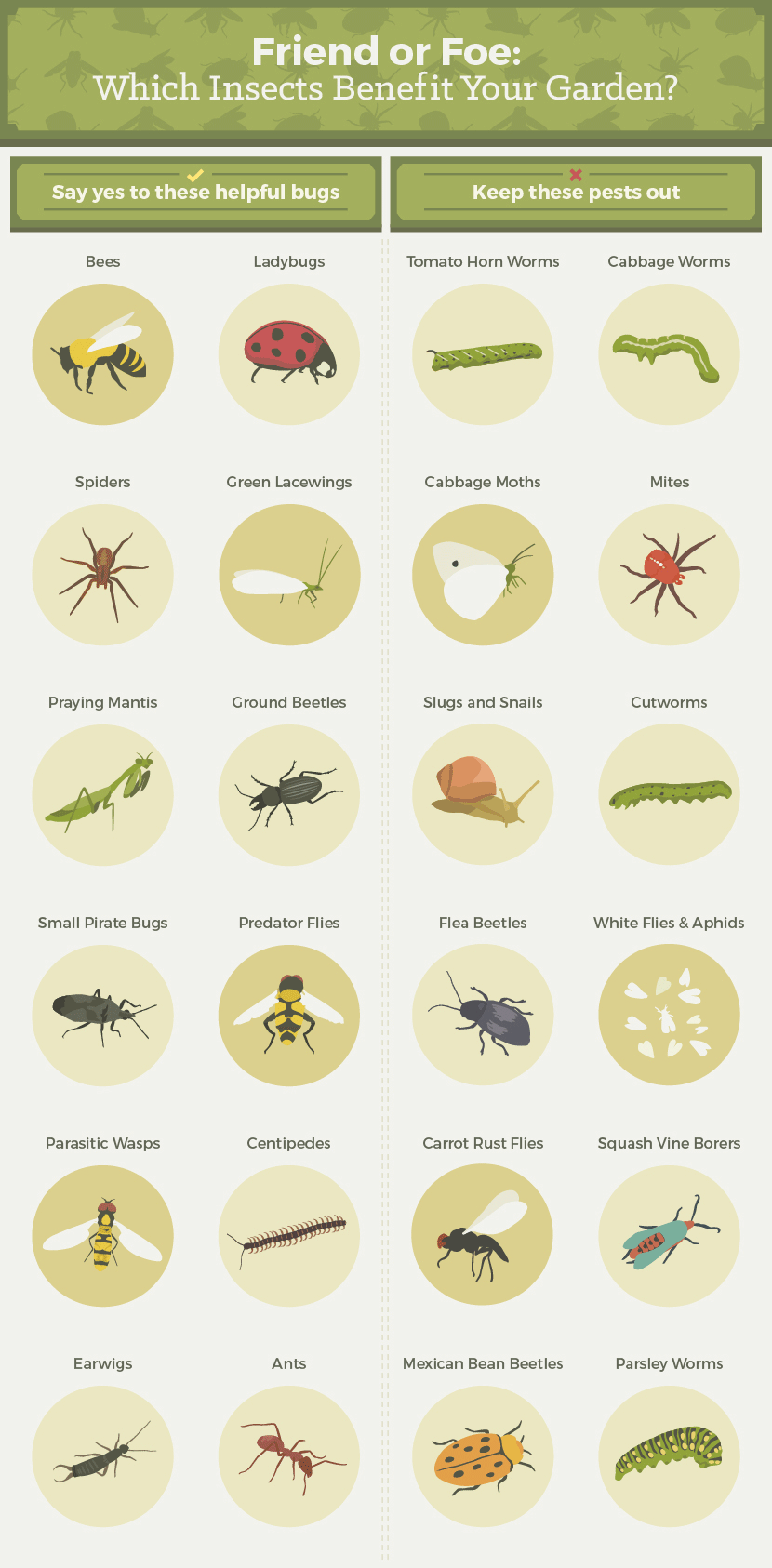



How To Get Rid Of Common Garden Pests Fix Com
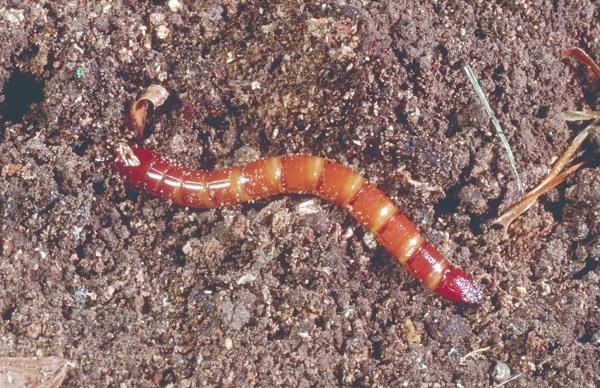



Potato Pests Entomology
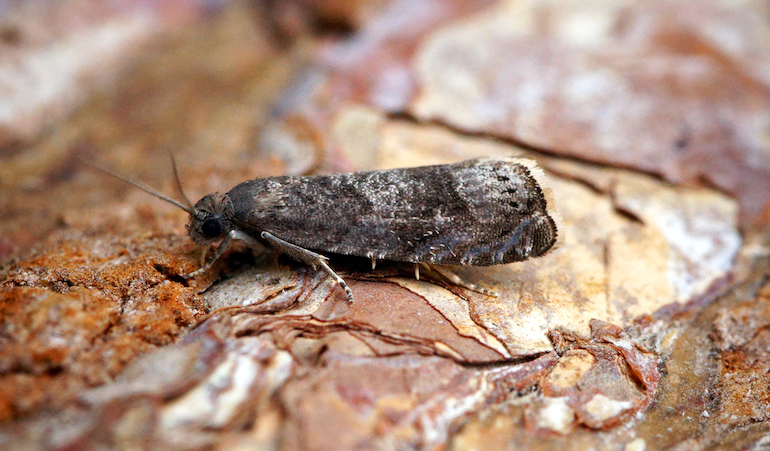



Plum Fruit Moth Garden Pests Diseases Gardening Tips Thompson Morgan




Indoor Plant Pests Bug Identification Control Planet Natural




Soil Pest Identification Syngenta Turf Landscape




13 Common Garden Pests And How To Treat Them Loveproperty Com
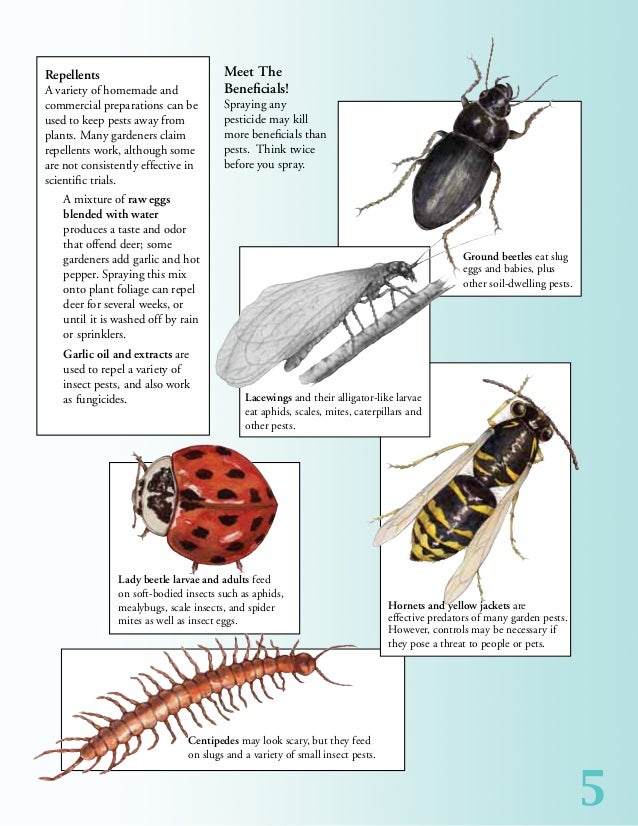



Natural Pest Weed Disease Control




Top Six Garden Pests In The Uk And How To Get Rid Of Them The Telegraph




Common Insect Pest Species In Homes Natural History Museum




Pest Population Management Syngenta Turf Landscape




White Grubs Pest Control Canada




Insect Identification Bug Identification Garden Pests Uk And Europe




How To Identify And Get Rid Of Common Lawn Pests Diy




Ants Garden Pests Diseases Gardening Tips Thompson Morgan



Q Tbn And9gcqrxtzwrnfu3rpwlhhlqpbzpummt70thuoghx1brqk Rtms2rf Usqp Cau




Worms You Don T Want Kitchen Garden




c Gardening Advice Pest And Disease Identifier
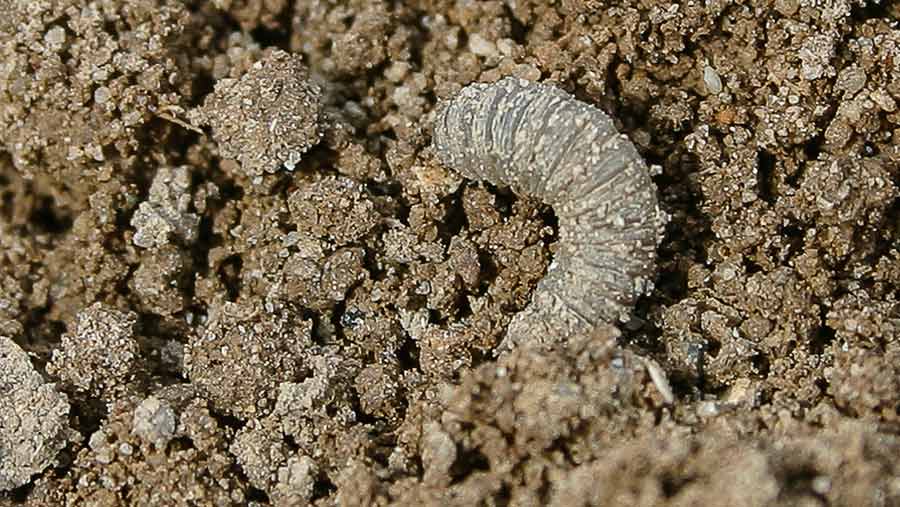



Top Control Methods For Maize Pests Diseases And Weeds Farmers Weekly
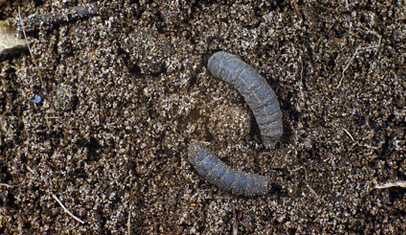



Common Types Of Garden Pest
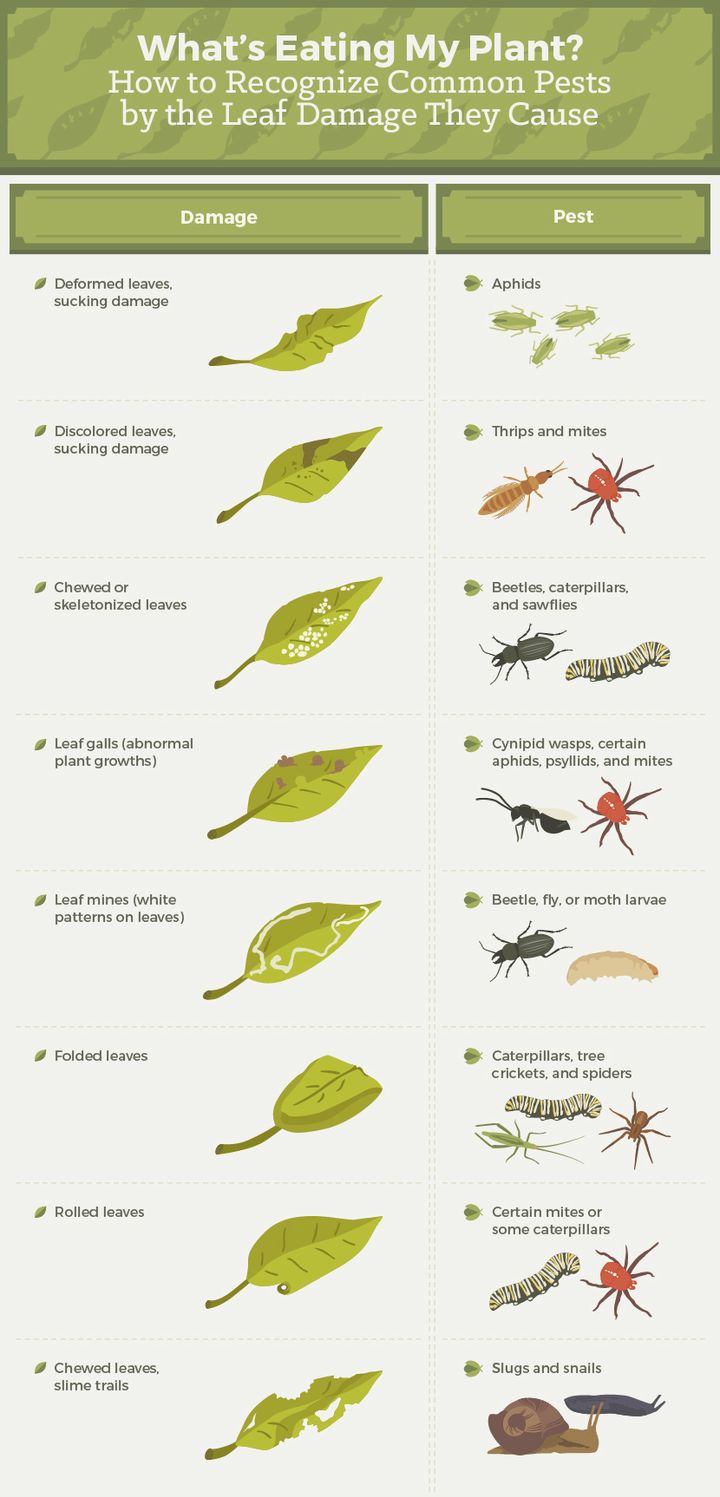



Everything You Need To Know About Getting Rid Of Common Garden Pests Huffpost Life



Biological Control In The Home Garden Rhs Gardening




How To Get Rid Of Chafer Grubs Gardening Blog




Insect Identification Chart Insect Identification Garden Pests Identification Garden Pests



Q Tbn And9gcsmnf 3qxc8wgwwytewzjoxa3 J 8oc9m0dbz Slyaaim1rbnj Usqp Cau




c Gardening Advice Pests And Diseases Index By Pest And Disease




Scale Insects Treatment And Control Lovethegarden




How To Identify Kill Control Mealybugs In Your Garden Ortho




Identifying Garden Pests How To Figure Out Who S Eating Your Plants
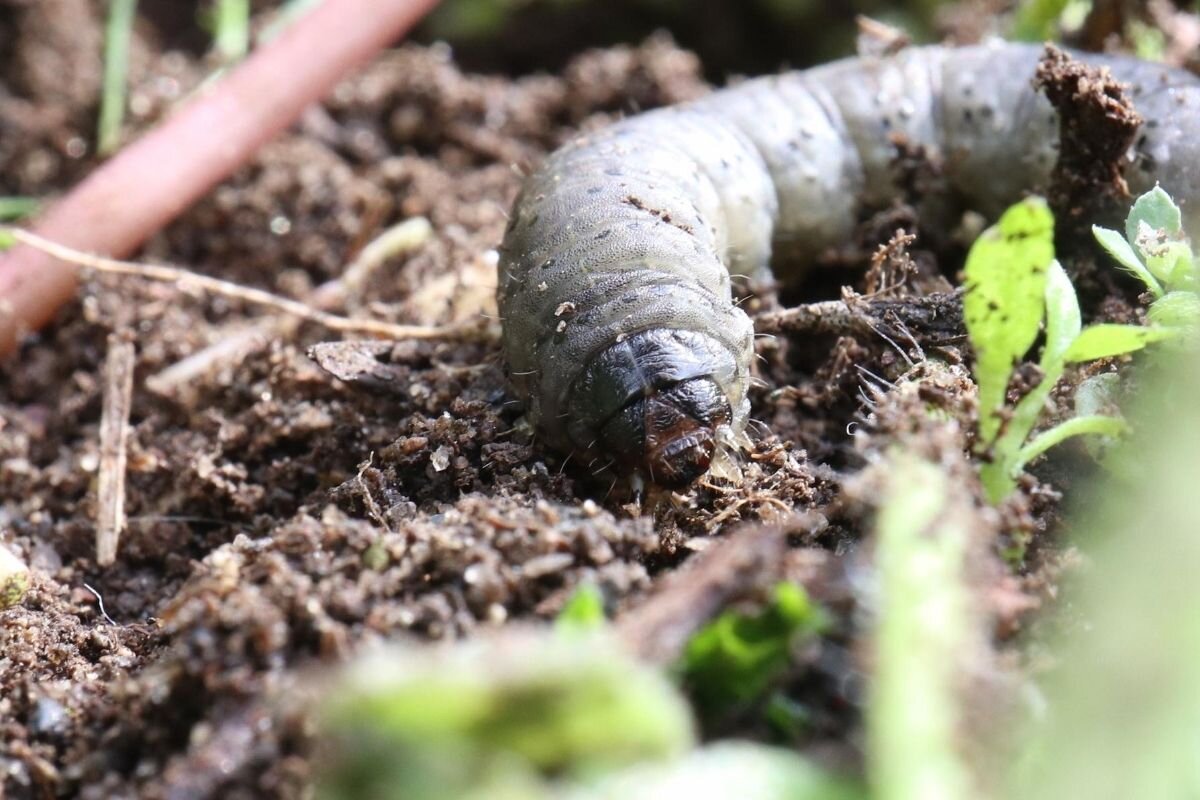



Getting Rid Of Grass Grubs Nz Crewcut Lawn Garden
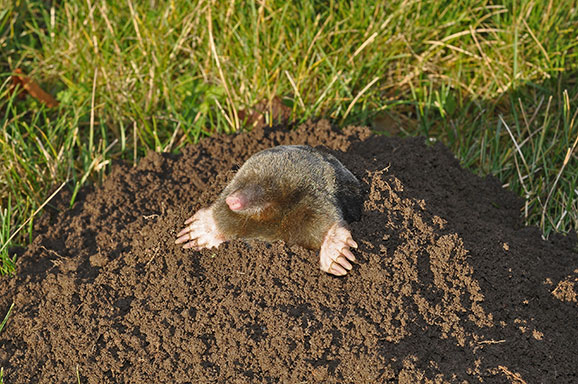



Guest Blog By Insect Cop 5 Common Garden Pests To Look Out For This Autumn And Winter Lady Mole Catcher



Common Caterpillar Vegetable Pests Wildlife Insight




Identifying Garden Pests How To Figure Out Who S Eating Your Plants




Guide To Vegetable Garden Pests Identification And Organic Controls
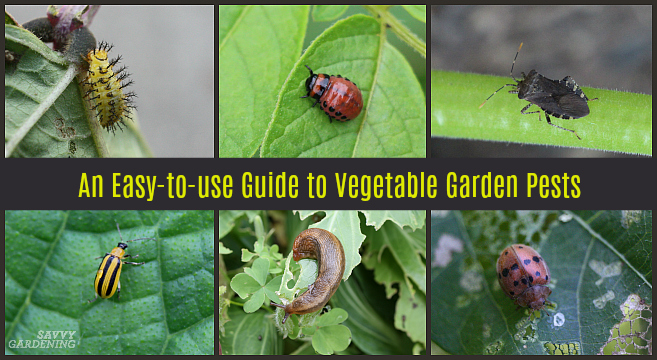



Guide To Vegetable Garden Pests Identification And Organic Controls




Nature Picture Library Leatherjacket A Larva Of Cranefly Tipula A Common Lawn Pest Uk Simon Colmer




Pests And Diseases Garden Organic




Good Bugs In The Garden And Six Really Bad Ones Oregonlive Com
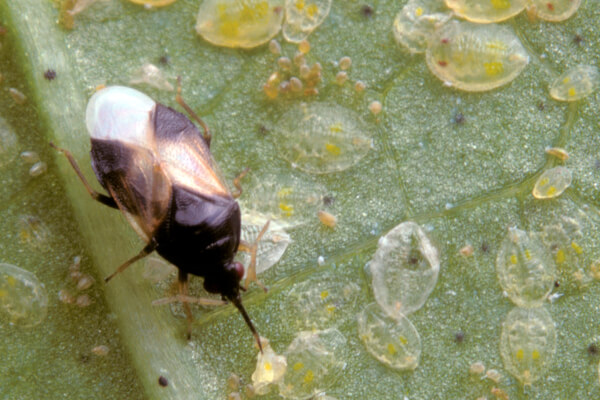



14 Beneficial Insects For Your Garden Fantastic Gardeners Blog




Spot Common Pests Rhs Gardening
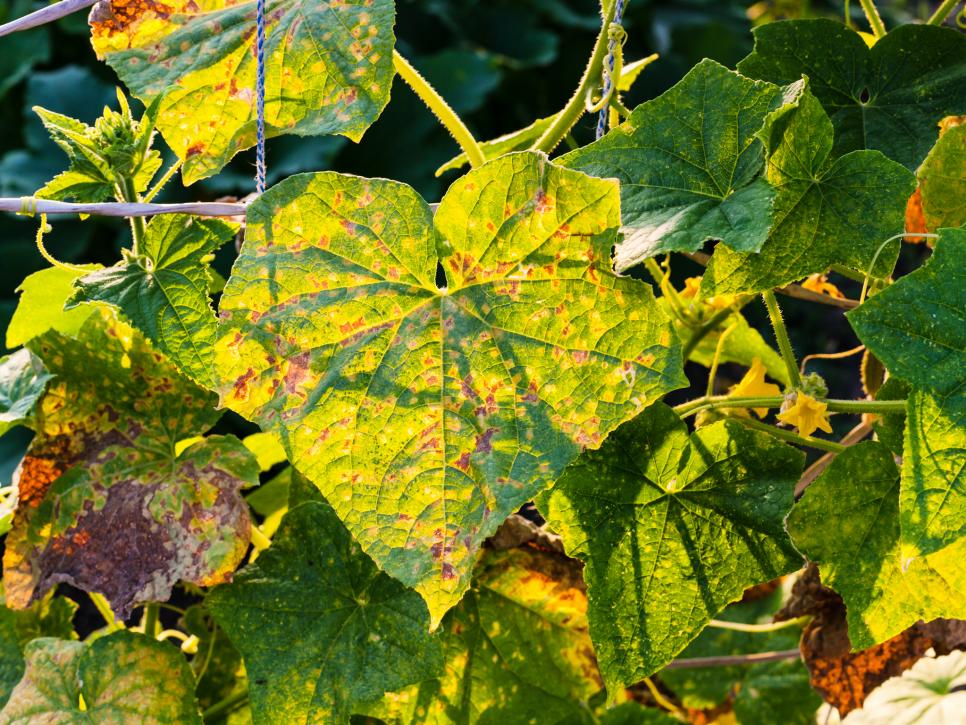



44 Common Garden Pests How To Keep Bugs From Eating Plants Hgtv
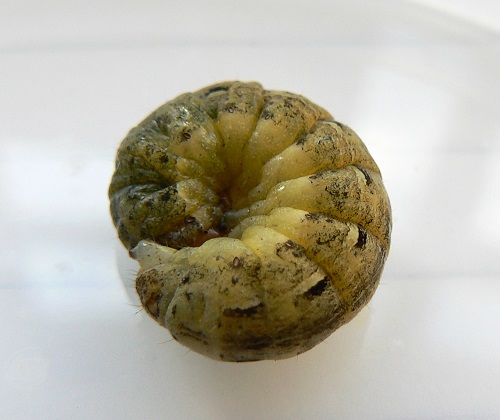



Common Vegetable Garden Pests Empire Pest Control London




Plant Pest Identification Organic Treatments That Work Ladybirdplantcare Co Uk




Root Aphids Which Gardening Helpdesk




How To Identify And Get Rid Of Wireworms Planet Natural
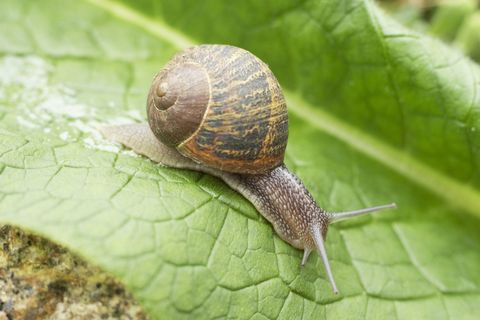



These Are The Top 10 Gardening Pests Rated By The Rhs




Insect Identification Bug Identification Garden Pests Uk And Europe




How To Identify Good And Bad Bugs In Your Garden




16 Common Garden Pests And How To Get Rid Of Them E Agrovision




Beneficial Insects And Bugs Rhs Gardening




Pest Identification Guides
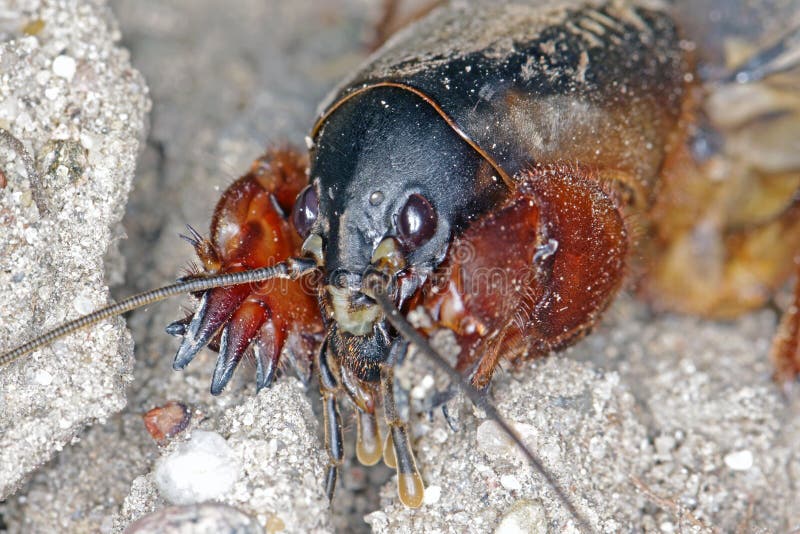



5 856 Pest Cricket Photos Free Royalty Free Stock Photos From Dreamstime




10 Common Garden Pests And Natural Pesticides To Keep Them Away Eco Warrior Princess




Insect Identification Bug Identification Garden Pests Uk And Europe




Top 7 Garden Pests What Worked And What Didn T You Can Read Some Great Information From A Su Organic Gardening Pest Control Garden Pests Garden Pest Control
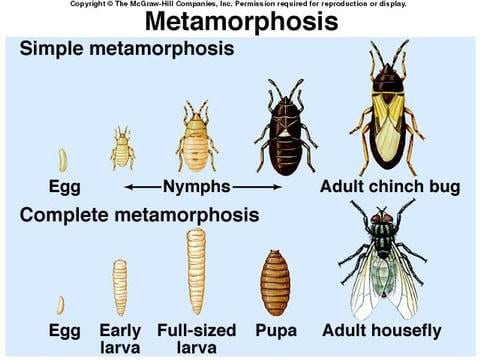



Garden Insect Primer Getting To Know Common Garden Insect Pest Groups And Their Associated Signs Of Plant Damage Ecological Landscape Alliance
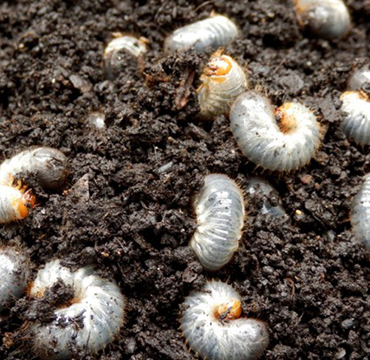



Lawn Grubs Common Types You Might Find In Your Garden
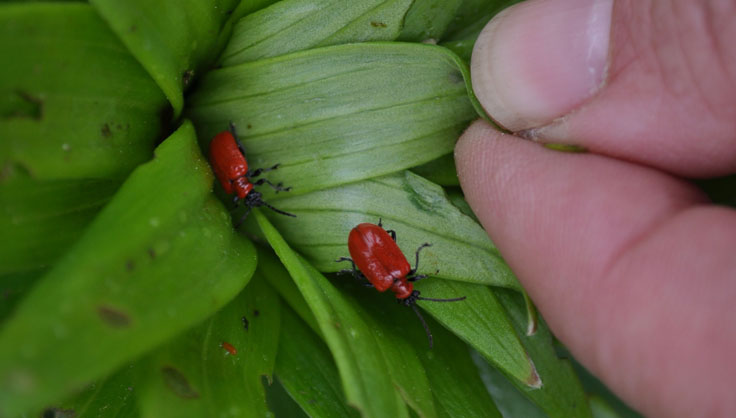



7 Tips To Control Common Garden Pests Residence Style
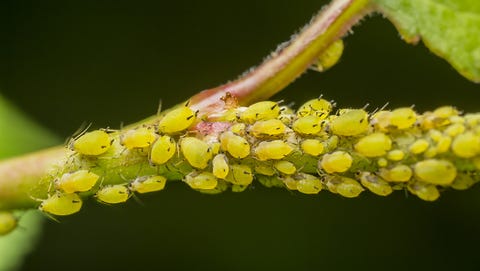



10 Most Destructive Garden Pests How To Keep Common Bugs Out Of Garden




How To Identify And Control Common Lawn Garden Pests




Rose Insects Related Pests Home Garden Information Center
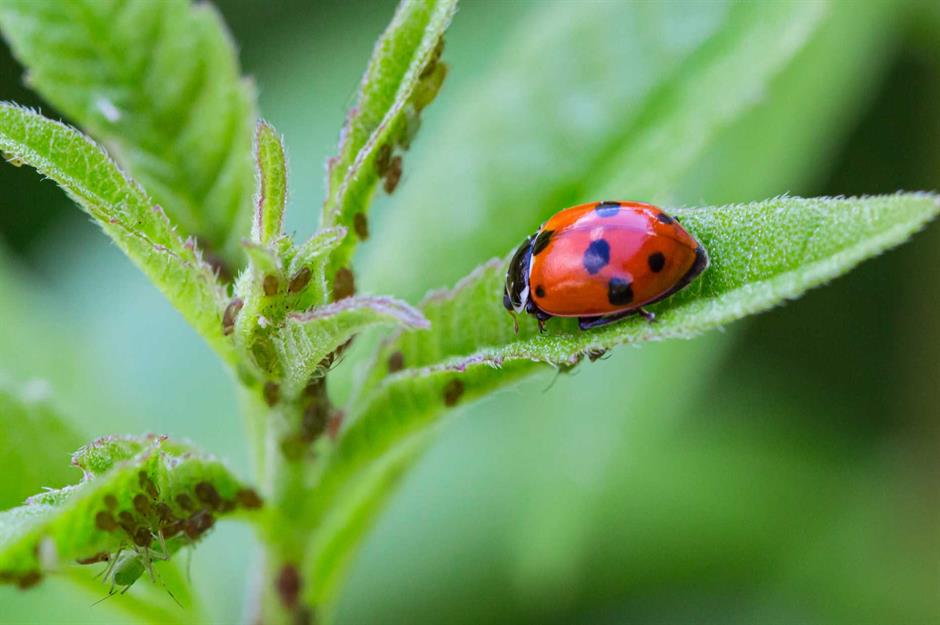



13 Common Garden Pests And How To Treat Them Loveproperty Com




Protect Your Garden Get Rid Of Woodlice




Guide To Common Garden Pests




Flea Beetles How To Get Rid Of Flea Beetles In Your Garden The Old Farmer S Almanac




13 Common Pests Of Leafy Vegetables Photos Prevention And Control Dengarden



0 件のコメント:
コメントを投稿